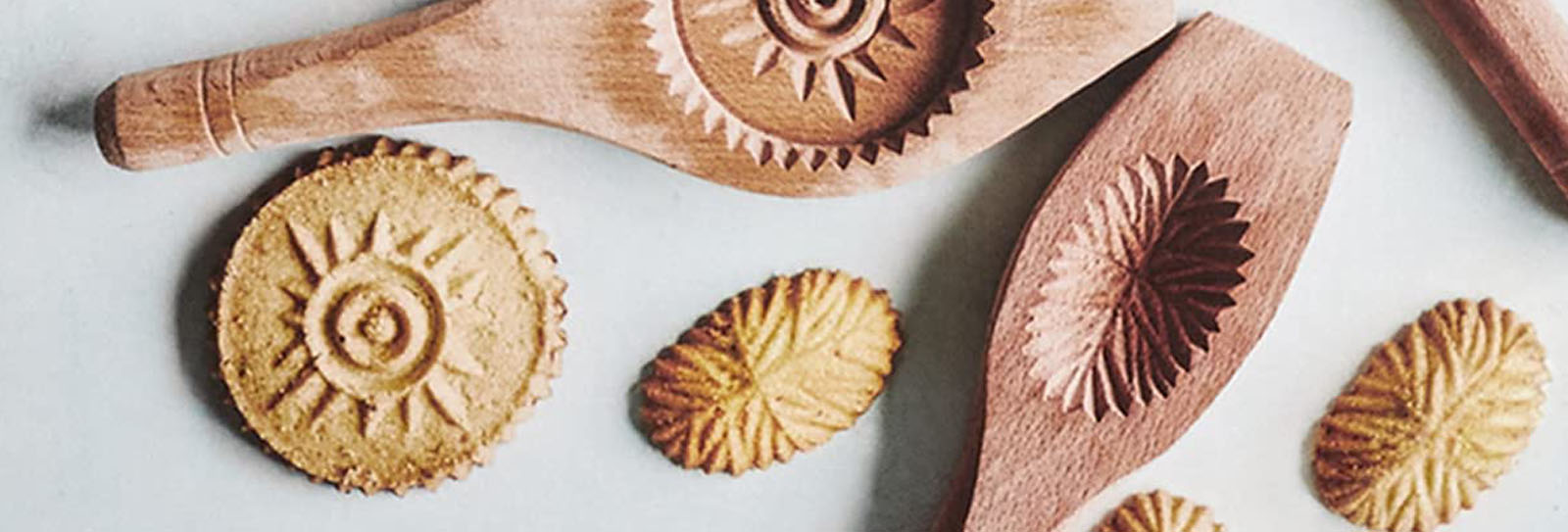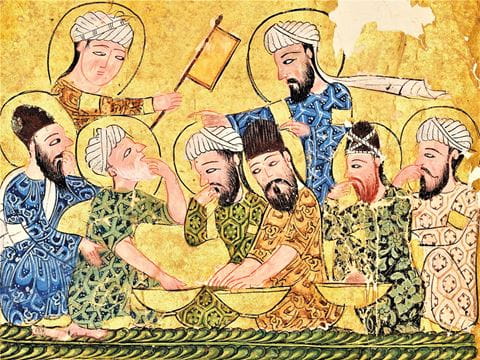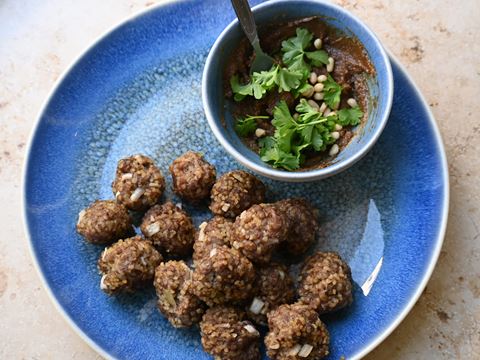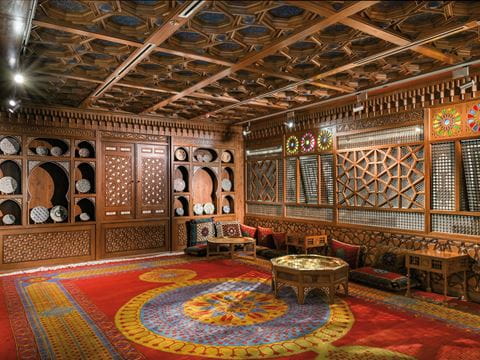
A Conversation With Salma Hage on Middle Eastern Deserts Cookbook
Acclaimed cookbook author Salma Hage grew up in the mountains of the Kadisha Valley in Northern Lebanon. Like many cooks, she learned her craft at her mother’s knee, as well as those of other female relatives in her household, where she often took on the role of cook for her eleven siblings. Her most recent book, Middle Eastern Sweets, pays homage to the many sweet endings to traditional family meals plus the rich multicultural influences that have defined Lebanon and the region for centuries.
Acclaimed cookbook author Salma Hage grew up in the mountains of the Kadisha Valley in Northern Lebanon. Like many cooks, she learned her craft at her mother’s knee, as well as those of other female relatives in her household, where she often took on the role of cook for her eleven siblings. Her most recent book, Middle Eastern Sweets, pays homage to the many sweet endings to traditional family meals plus the rich multicultural influences that have defined Lebanon and the region for centuries. These include a wide variety of cakes, cookies, pastries, ice creams and other delights, some classic and standard, others nuanced to suit the modern, health-conscious palate. Yet all reflect the distinctively Middle Eastern flavors that Hage came to know at an early age and which define the region’s fondness for desserts.
What role did sweets play in your home growing up in Lebanon?
For me, sweet things represent love and care. One of my earliest memories is of my mum and grandmother cooking together and teaching me how to roll doughs and pastries. To an extent, that experience is universal, with many of our first experiences in the kitchen involving flour, butter and sugar to be cut into stars, suns and moons. I wanted to show that Lebanese sweets and desserts can be as simple and easy to make as rolling star-shaped cookies.
What are some distinctively Lebanese sweets?
Almost too many to count! Baklava, layers of flaky filo pastry and sweet, spicelaced nuts drenched in a sugar syrup is probably among the most well-known. We also love our knafeh, which is made from a type of filo pastry, shredded into vermicelli noodle-like strands and filled with a sweet cheese center. Many of the recipes in my book are found throughout the region, so can't be claimed to be strictly Lebanese.
How about ma'moul, the fancifully shaped cookies stuffed with date paste? They seem to be common in the Middle East, but are they in fact Lebanese, or regional?
Ma'moul are Levantine in origin, and they've been served in the region for hundreds of years to celebrate the end of religious fasting periods. They're particularly popular at Eid and Easter to demonstrate that after periods of fasting there is sweet reward at the end. The cookies themselves are unsweetened and slightly bland on the outside with a sweet, aromatic center to reflect this. In fact, a lot of the more ubiquitous sweets in the Middle East are common throughout the region, so it's fitting that it's just as common to find some version of the same recipe in Tehran as it is in Tel Aviv.
To what degree have the recipes or ingredients of Middle Eastern sweets been influenced by contact with other cultures, be they colonial or commercial, and vice versa?
I always think that food has no borders, and that's certainly true of sweet things too. n the introduction to Middle Eastern Sweets, I write about the influence of French and European culinary traditions on the food of the Middle East, and in fact, cosmopolitan Beirut was known as "the Paris of the Middle East" for a time. Although not an anthropologist myself, I can spot more Western influences on certain dishes, such as the deep-fried donuts awamat, which are like French beignets, and the iced desserts such as the pomegranate and mint sorbet or the dark chocolate and tahini ice cream in my book.
Processed sugar can bel dietetically controversial ingredient these days. Did you wrestle with that?
I'm conscious to exercise restraint when it comes to eating and serving sweet things, but I'm a firm believer in the adage, "a little of what you fancy does you good." Plenty of the recipes in my book are based around fruit, which is typically what Middle Eastern families will [also] serve as a sweet ending to dinners.
You may also be interested in...

Smorgasbords of Andalusi and Mahgribi Dishes, a Conversation With Food Historian and Author Nawal Nasrallah
Arts
In Smorgasbords of Andalusi and Mahgribi Dishes, Arab food historian Nawal Nasrallah breathes new life into an anonymously compiled 13th-century cookbook.
Biting Into the Past: Re-creating Gary Nabhan’s Albóndigas Meatball Recipe
Food
What do lamb, pomegranate and a Silk Road secret share? A meatball with a hidden past.
Handmade, Ever Relevant: Ithra Show Honors Timeless Craftsmanship
Arts
“In Praise of the Artisan,” an exhibition at Ithra in Dhahran, Saudi Arabia, aims to showcase Islamic arts-and-crafts heritage and inspire the next generation to keep traditions alive.

